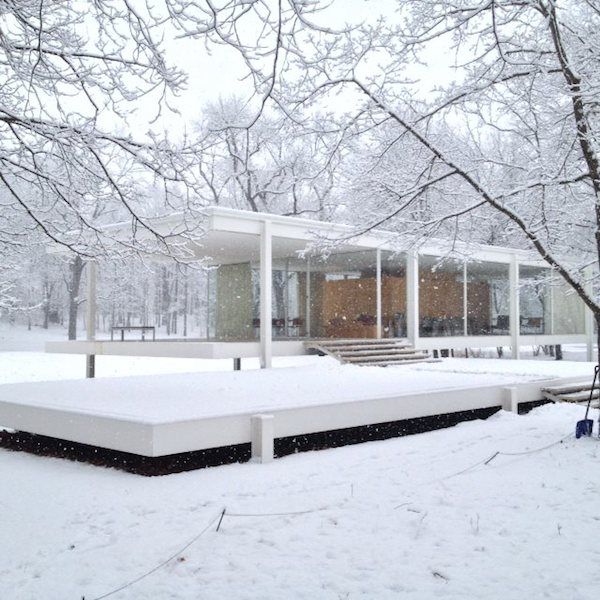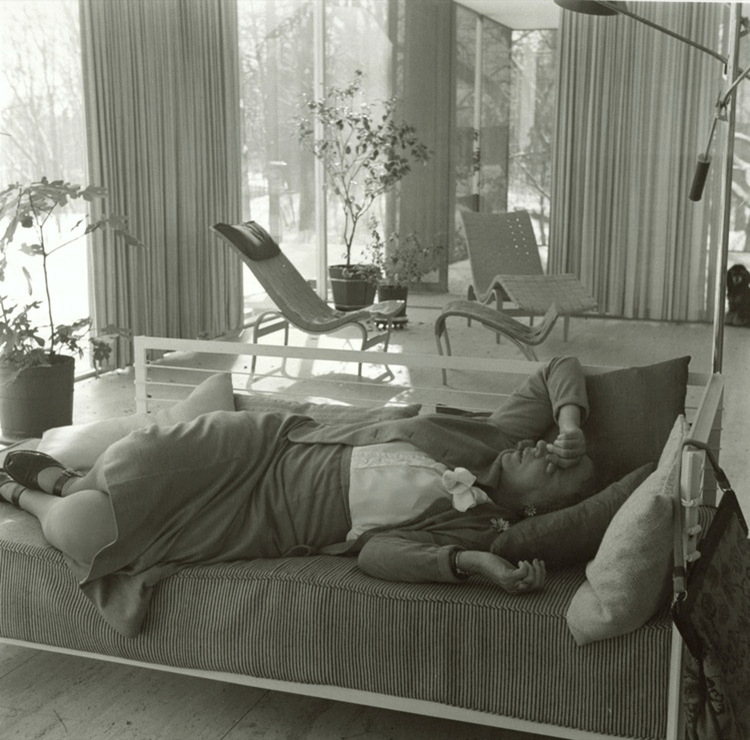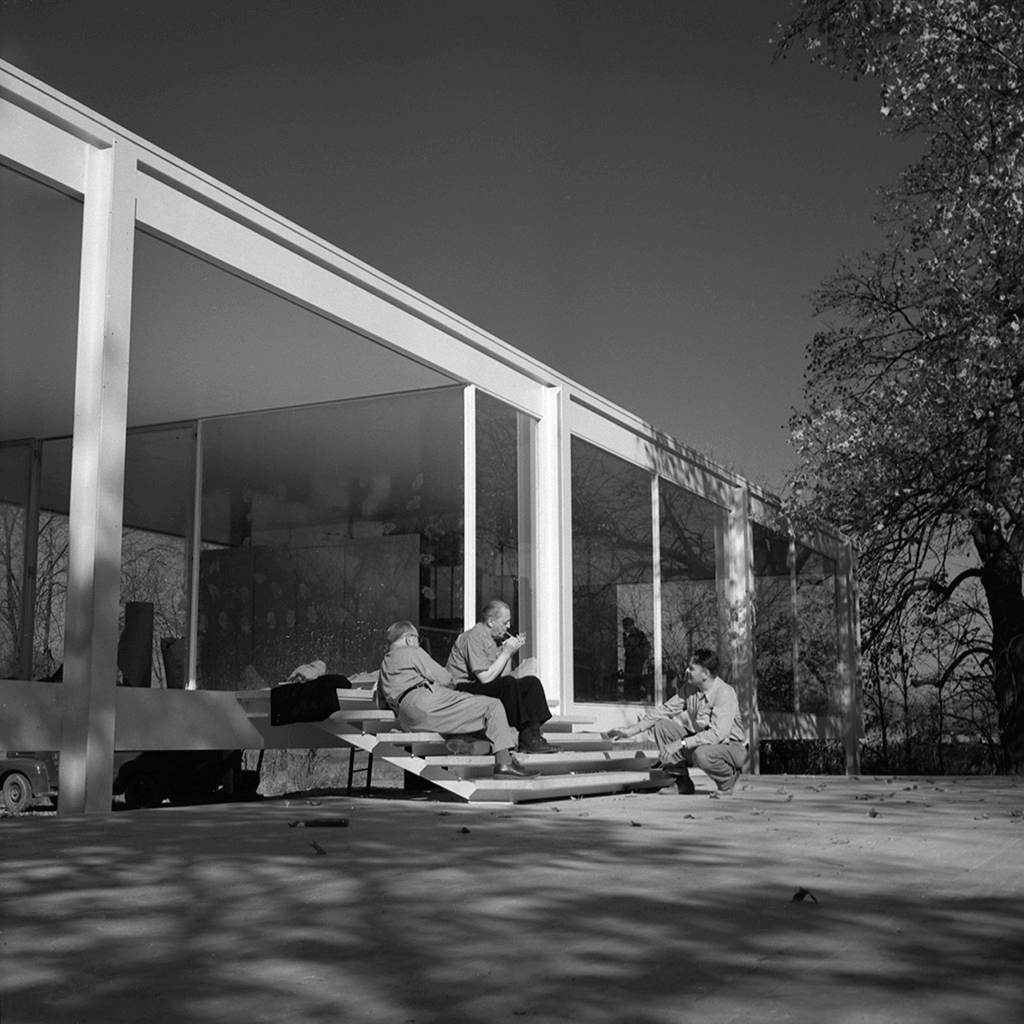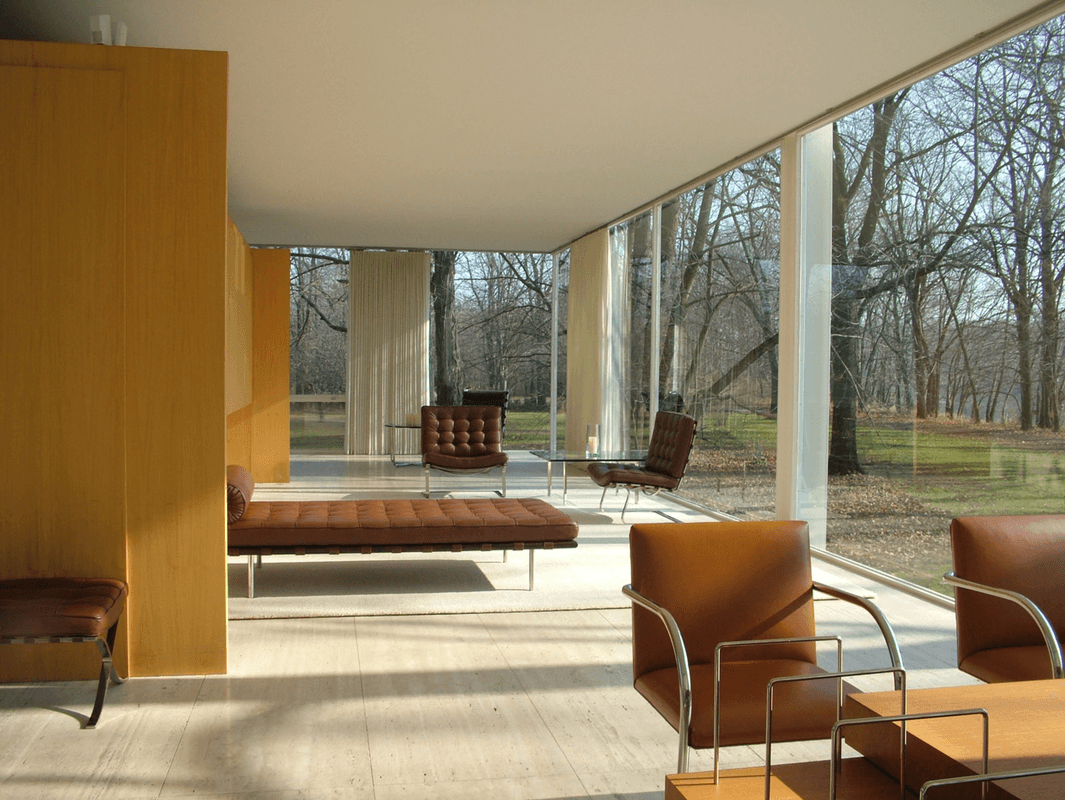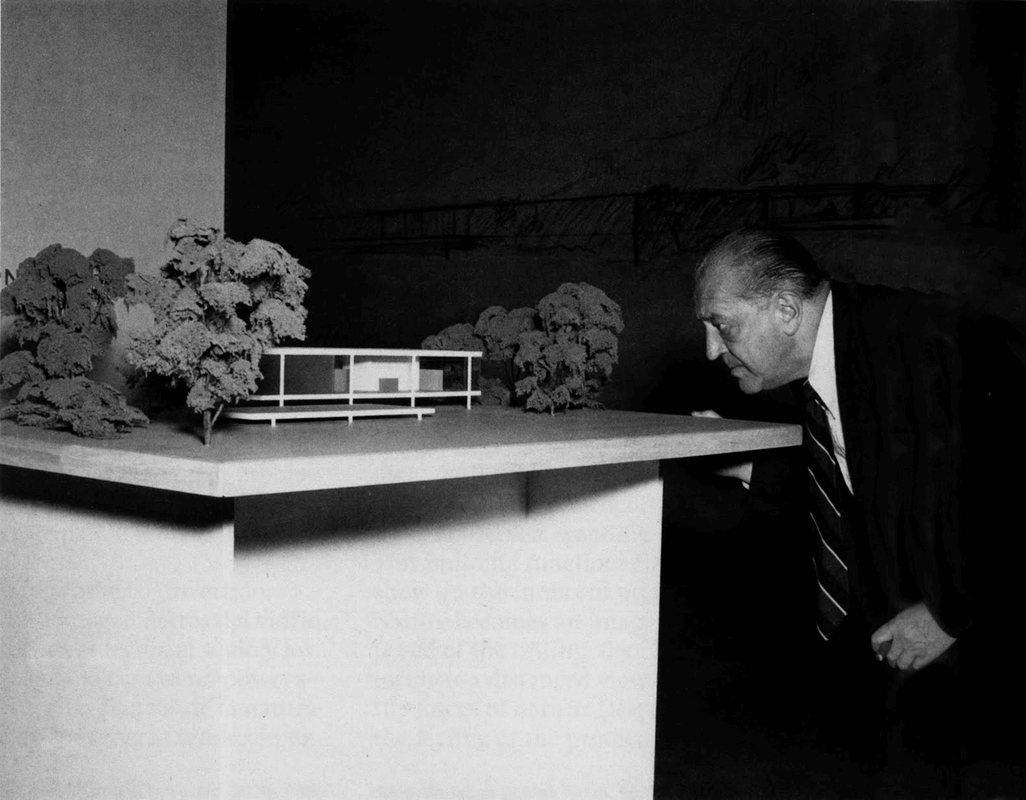In a new seminar which I am teaching in Tel Aviv this month, I explore the most iconic homes of the 20th century, illuminating the relationships between patrons and architects, between modern architecture/design and the growing taste for the modern, and in the stories behind the scenes. This week, focusing on the 50s, I have started with the Farnsworth House, which Mies van der Rohe famously, or infamously designed for Dr. Edith Farsworth in Plano, Illinois, and completed in 1951. While the scandalous story of the renowned architect, the single physician, and one of the most iconic glass houses of the century has been extensively told, the piece I found particularly fascinating, is how this house, and its misfortune was used by the magazine House Beautiful to illustrate the danger, or in the words of the editor Elizabeth Gordon ‘rotten’ of glass houses to the American culture and taste in a special issue entitled The Threat to the Next America of 1953. Farsworth announced: “In this house with its four walls of glass, I feel like a prowling animal, always on the alert. I am always restless. Even in the evening.” About daily life in the glass cube, Farnsworth, which was portrayed as the most miserable woman in America said: “I don’t keep a garbage can under my sink. Do you know why? Because you can see the whole kitchen from the road on the way in here and the can would spoil the appearance of the whole house. So I hide it in the closet farther down from the sink. ” For more information on the article in House Beautiful, read Elizabeth Gordon’s recent biography’ Tastemaker: Elizabeth Gordon, House Beautiful, and the Postwar American Home,’ by Monica Penick.

